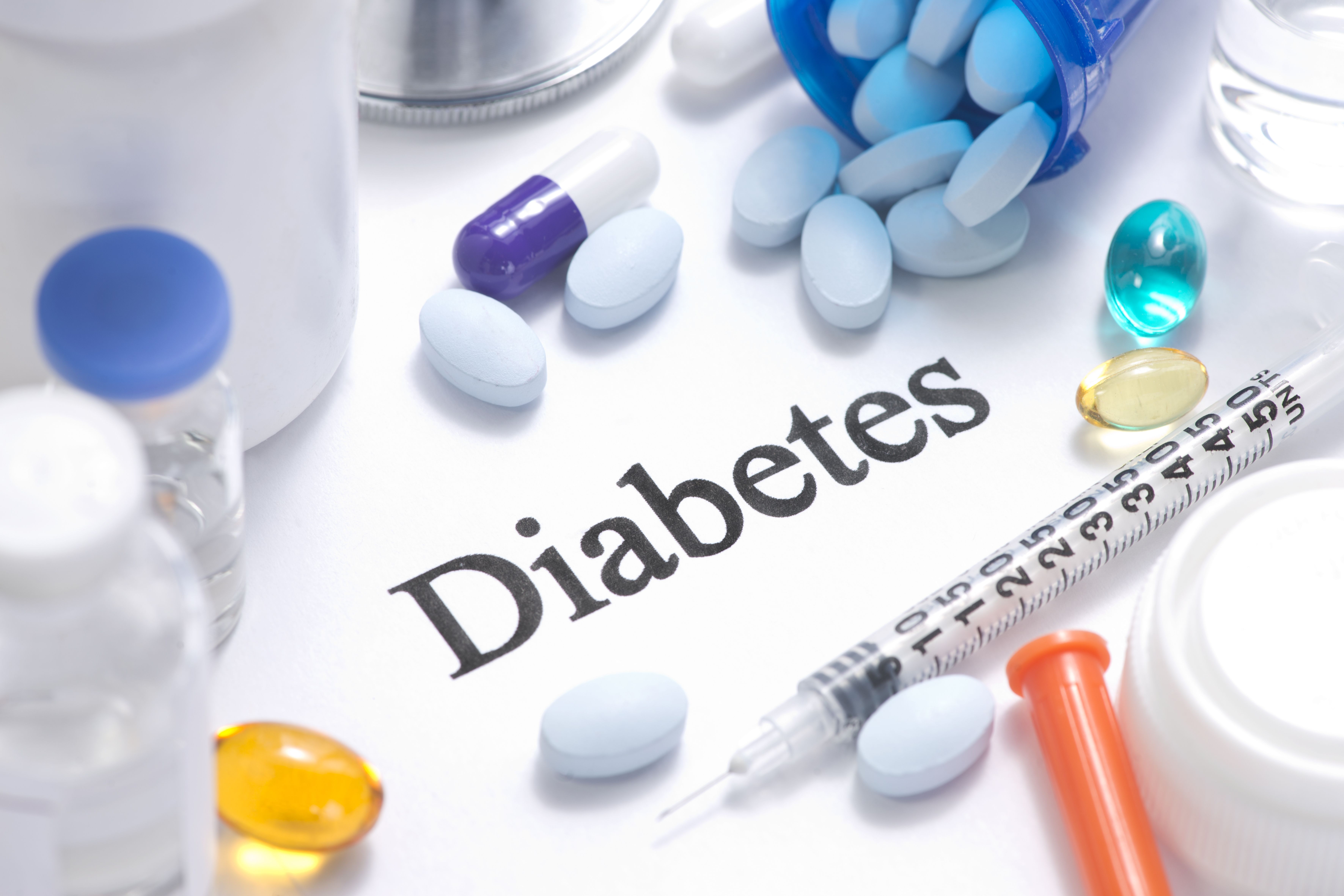Article
Rates of Type 1 and Type 2 Diabetes in Children Increasing Across the US
Author(s):
Data from the SEARCH for Diabetes in Youth Study suggests the prevalence of type 1 diabetes among youths have increased by nearly 50% from 2001-2017 and prevalence of type 2 diabetes increased by more than 95% during the same period.

New research detailing the increasing rates of both type 1 and type 2 diabetes among children and adolescents across the US is underlining the need for increased screening and preventive services.
Results of the cross-sectional observational study, which included data from 4 geographic areas, 1 health plan, and select American Indian reservations, provides insight into the degree of rising rates of diabetes among adolescents in the US—suggesting the prevalence of type 1 diabetes increased by 45.3% from 2001 to 2017 while prevalence of type 2 diabetes increased by 95.3% during that same time period.
“In 6 regions in the US, significant increases in the estimated prevalence of type 1 diabetes and type 2 diabetes were observed from 2001 to 2017. Although the percentage increase in prevalence was greater for type 2 diabetes, the absolute prevalence increase was greater for type 1 diabetes, which remains more common than type 2 diabetes in youth,” wrote investigators.
Carried out by a team of investigators from the SEARCH for Diabetes in Youth Study group, which was national multi-center study funded by the National Institute of Diabetes and Digestive and Kidney Diseases (NIDDK), the current study was designed to provide an updated overview of trends in prevalence of type 1 diabetes and type e 2 diabetes among individuals younger than 20 years in the US. With this in mind, investigators designed their study as a cross-sectional observational study using data collected from clinical centers included in the SEARCH for Diabetes in Youth Study cohort, which included clinical centers based in California, Colorado, Ohio, South Carolina, and Washington State as well as Indian Health Services centers in Arizona and New Mexico.
The specific aim of the study was to assess changes in estimated prevalence of type 1 and type 2 diabetes from 2001, 2009, and 2017. Investigators also hoped to assess these potential changes according to race and ethnicity. For the purpose of analysis, investigators included all physician-diagnosed cases of type 1 diabetes among youths aged 19 or younger and all cases of type 2 diabetes among youths aged 10-19 years.
Among patient 19 years or younger, 4958 of 3.35 million had type 1 diabetes in 2001. This figure increased to 6672 of 3.46 million in 2009 and 7759 of 3.61 million in 2017. Among patients aged 10-19 years, 588 of 1.73 million had type 2 diabetes in 2001. This figure increased to 814 of 1.85 million in 2009 and 1230 of 1.85 million in 2017.
Results of the analysis suggested the estimated prevalence of type 1 diabetes per 1000 among individuals aged 19 years or younger was 1.48 (95% CI, 1.44-1.52) in 2001, 1.93 (95% CI, 1.88-1.98) in 20019, and 2.15 (95% CI, 2.10-2.20) in 2017, which correlates to an absolute increase of 0.67 (5% CI, 0.64-0.70) per 1000 youth and a relative increase of 45.1% (95% CI, 40.0-50.4%) during the 16-year study period. Further analysis indicated the greatest absolute increases occurred among non-Hispanic White (0.93 per 1000 [95% CI, 0.88-0.98]) and non-Hispanic Black (0.89 per 1000 [95% CI, 0.88-0.98]) youths.
Among individuals aged 10-19 years, the estimated prevalence of type 2 diabetes per 1000 was 0.34 (95% CI, 0.31-0.37) in 2001, 0.46 (95% CI, 0.43-0.49) in 2009, and 0.67 (95% CI, 0.63-0.70) in 2017, which correlates to an absolute increase of 0.32 (95% CI, 0.30-0.35) per 1000 and a relative increase of 95.3% during the 16-year study period. Further analysis revealed the greatest absolute increases were observed among non-Hispanic Black (0.85 per 1000 [95% CI, 0.74-0.97]) and Hispanic (0.57 per 1000 [95% CI, 0.51-0.64]) youths.
“The absolute increases in the estimated prevalence of type 1 diabetes were greatest among Black and White youths. Type 2 diabetes remained more common among racial and ethnic minority youths, with the absolute increases in estimated type 2 diabetes prevalence being greatest among Black youth and Hispanic youth,” investigators noted.
This study, “Trends in Prevalence of Type 1 and Type 2 Diabetes in Children and Adolescents in the US, 2001-2017,” was published in JAMA.




